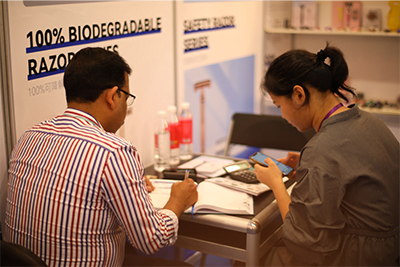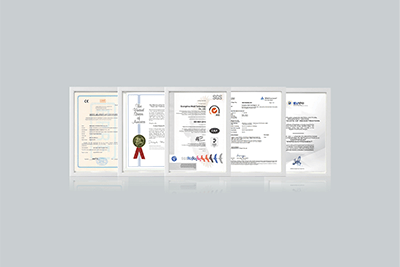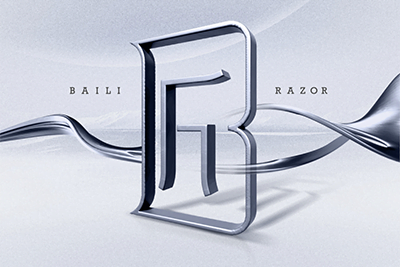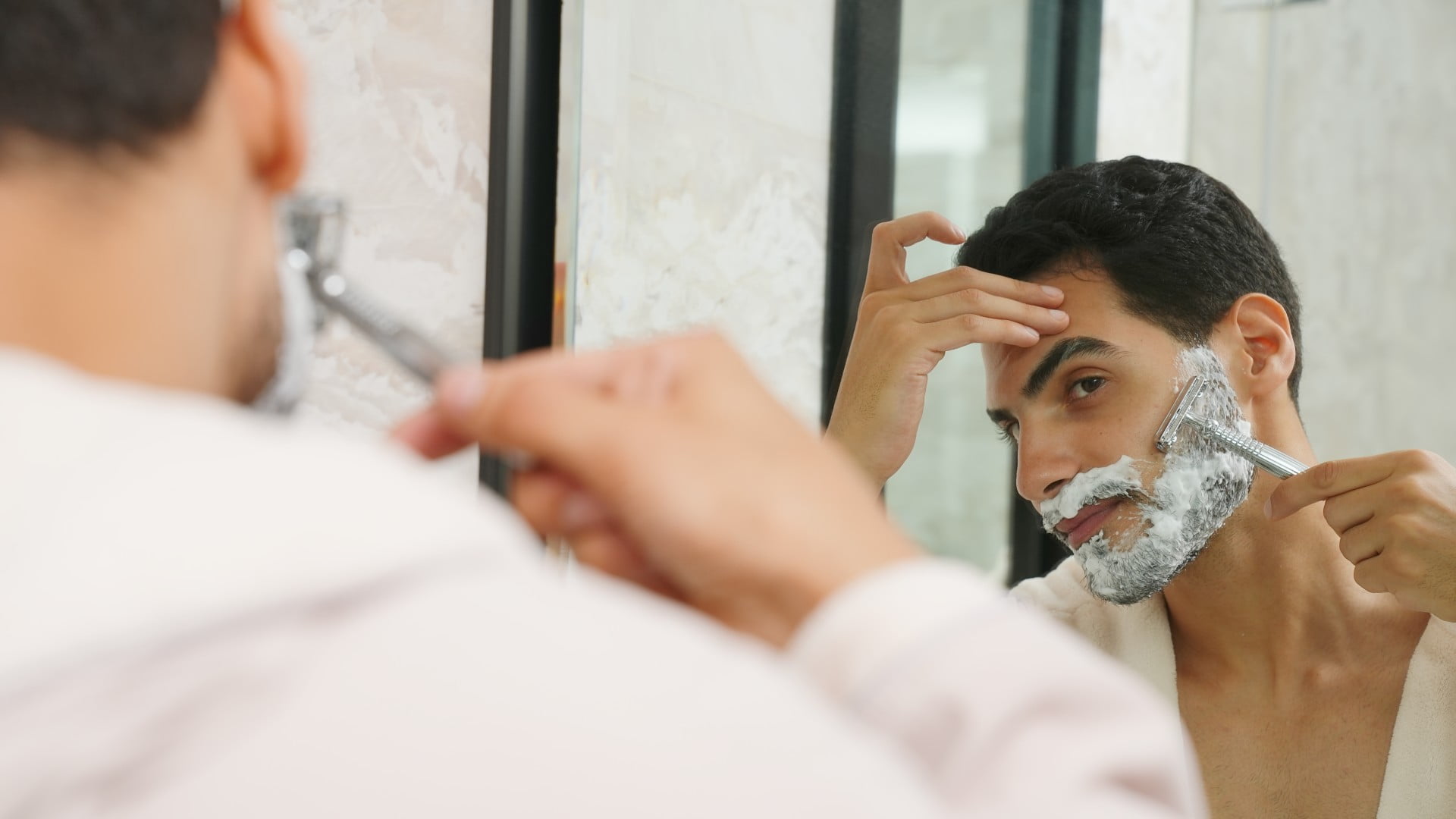Shaving is a daily ritual for many, but it can often lead to unwanted skin issues like razor bumps, irritation, and ingrown hairs. For years, disposable razors and multi-blade cartridges have dominated the market, promising the closest shave possible. However, more and more people are rediscovering the benefits of the classic safety razor, not just for its efficiency but for its potential to significantly reduce skin irritation and razor bumps. How to get a smoother shave, and most importantly how a safety razor prevents bumps and irritation.
There are safety razors, multi-layer razors and straight razors on the market. Multi-blade razors are designed to lift the hair before cutting it, a process that can inadvertently cause the hair to retract below the skin’s surface. When the hair begins to grow back, it can get trapped under the skin, leading to painful razor bumps and ingrown hairs. Moreover, the multiple blades running over the same area of skin can cause significant irritation. Each blade tugs at the hair and scrapes against the skin, increasing the chances of nicks, cuts, and irritation. For individuals with sensitive skin, these effects can be even more pronounced, leading to chronic issues after every shave.
One of the most significant disadvantages of using a straight razor is the risk of cuts and nicks. Unlike safety razors, straight razors have an exposed blade that requires a steady hand and careful technique. A minor slip can result in a painful cut, which can be particularly concerning for beginners.
What makes safety razors different?
Safety razors, first invented in the early 20th century, offer a single, sharp blade housed in a protective casing. This design reduces the chances of cuts while still allowing for a close shave. But what truly sets safety razors apart from modern razors is the way they interact with your skin and hair.
Single blade efficiency
One of the most significant advantages of a safety razor is its single-blade design. Unlike multi-blade cartridges that can trap hair beneath the skin, a safety razor cuts the hair cleanly at the surface. This reduces the risk of ingrown hairs and razor bumps. By using only one blade, you minimize the number of times a blade scrapes against your skin, which significantly reduces irritation.
Better control and less pressure
When using a safety razor, you don’t need to apply as much pressure as you would with a disposable razor. The weight of the razor itself provides the necessary pressure, allowing you to guide it smoothly across your skin. This helps to prevent the razor from dragging, which can cause irritation. Additionally, the design of a safety razor requires you to shave at an optimal angle, usually around 30 degrees, which further helps in preventing skin issues.
How to shave with a safety razor to prevent bumps and irritation
Switching to a safety razor does require a bit of a learning curve, but with the right technique, you can achieve a smooth, irritation-free shave.
Before you shave, wet your skin and hair to soften it.
Clean the shaving razor and your hands, especially the area where the beard is located. If you have enough time, you can use warm water again. Soften the beard with warm water, and pat some warm water on the position of the beard, because this step can not only open the pores, but also soften the beard.
Next, apply a shaving foam.
Then apply shaving foam on the beard to reduce the irritation of the blade , and then wait for 2-3 minutes before shaving;
Then, Shave in the direction that the hair grows.
Shaving direction is important, you should follow the growth direction of the beard from top to bottom. This steps usually start from the upper cheeks on both sides, with the general principle of starting from the sparsest part of the beard and placing the densest part at the end.
Rinse razor frequently.
Don’t forget to rinse your razor blade, rinse after each swipe of the razor. You’d be surprised what a difference it makes.
Store your razor in a dry area.
The razor stands upright, facilitating quick air drying and water drainage, reducing the risk of bacterial growth, ensuring cleanliness and hygiene. Long-term use of a safety razor like this can prevent bumps and irritation.
Finally, Rinse your face with water.
Rinse with water to help seal your pores and be careful not to rub it hard. You can use some gentle skincare products to repair your skin and make your skin feel soft and smooth.
Switching to a safety razor can be a game-changer for anyone struggling with razor bumps, irritation, or ingrown hairs. With their single-blade design and gentle approach to shaving, safety razors offer a closer, smoother shave while minimizing the risks of common shaving problems. If you’re tired of dealing with post-shave irritation, it might be time to consider making the switch to a safety razor for a healthier, more comfortable shave.







